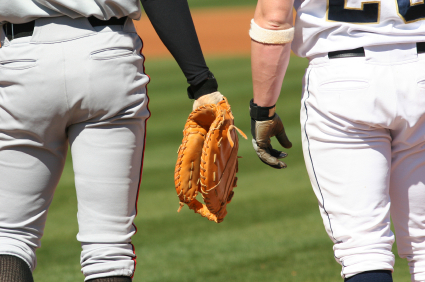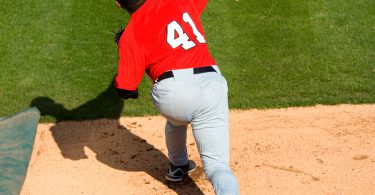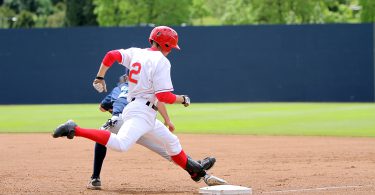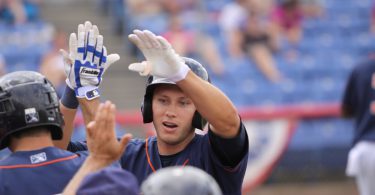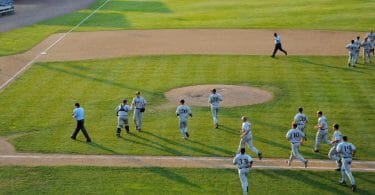First base is an evolving position at the collegiate level. In the past, first basemen have been the prototypical slugger sometimes with little to offer defensively. In some programs, this is still true. There are college teams that rely heavily on the long ball. However, the BBCOR bat change has made many teams reconsider how they will construct their offense. So, the role of the first baseman has changed and will continue to evolve.
A first baseman, for the most part, is going to be relied on as a middle-of-the-order hitter who can drive the ball in the gaps and hit for power. The pressure to be a 10-plus home run guy may be off in many programs, but first basemen are still often expected to be run producers and RBI machines. That means that they, more often than not, are going to be hitting in spots in the lineup like the 4- or 5-hole, and they have to be able to drive in runs under pressure.
At the same time, coaches are realizing that to get the most wins, they sometimes have to sacrifice a little offense in order to put the best defense on the field. A first baseman can make a big difference to an entire infield’s defense. When there is a poor defensive first baseman on the field, all the infielders know it. Sometimes they won’t even try to make some of the tougher throws because they don’t have faith that the guy at first will pick them up if the throw is in the dirt. Even worse, the lack of defensive skills on first can put extra pressure on the infielders on routine plays because they start thinking too much. You don’t want your infielders to have to think.
Because defense has become a more important aspect of the game than ever before, many coaches are putting their best defensive first basemen on the field or expecting their first baseman to be well rounded on both sides of the ball. For first basemen, this means you can’t sleep on your defensive work. Practicing short hops and tags is more than ever before. You have to have better footwork and better hands than first basemen of the past. Take pride in knowing your infield and knowing what plays they are strong at and which they are likely to struggle with. In order to play first in this new age of college ball, you’re going to have to contribute on both sides of the field, offensively and defensively.

